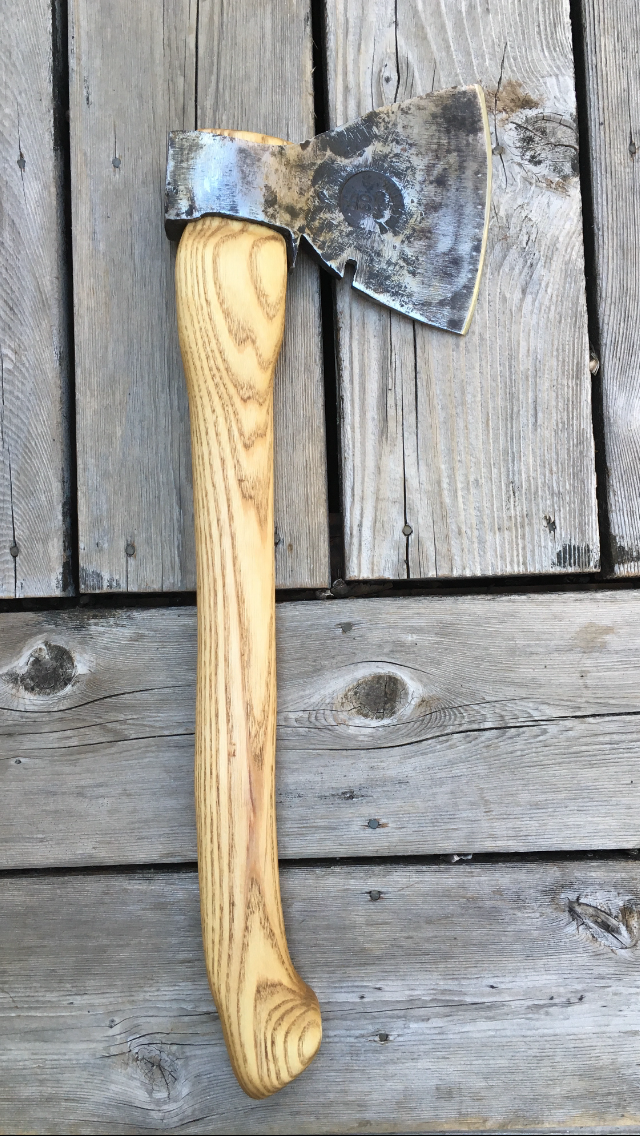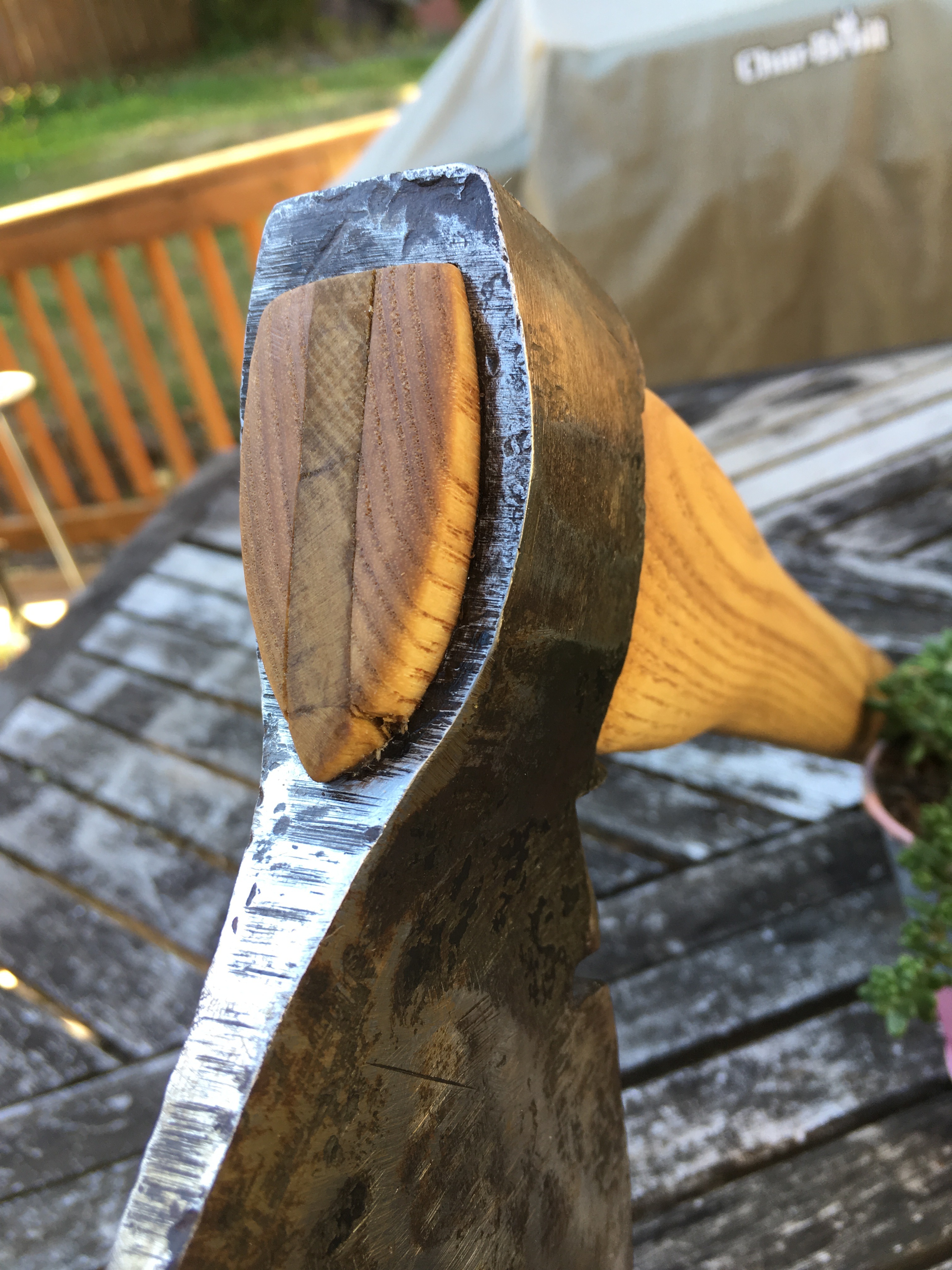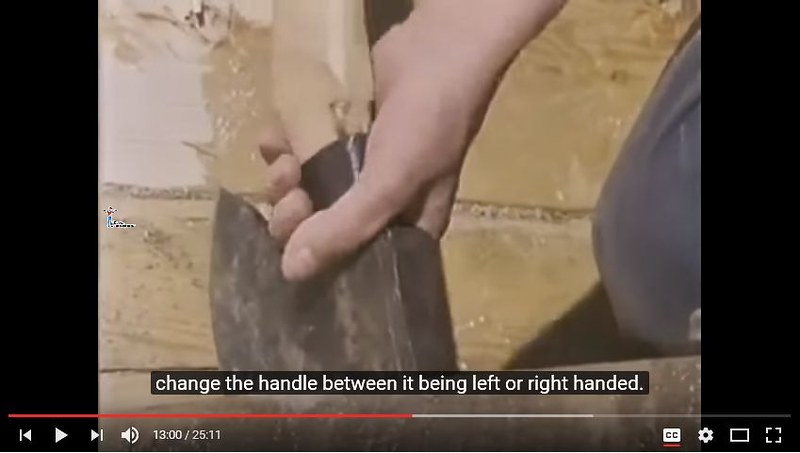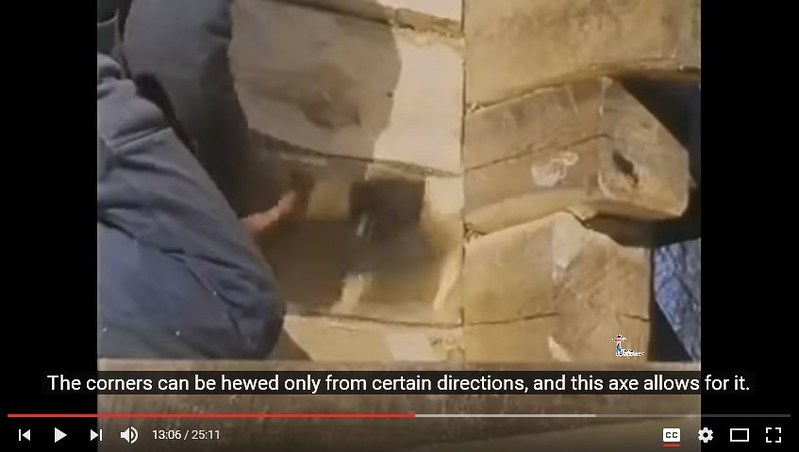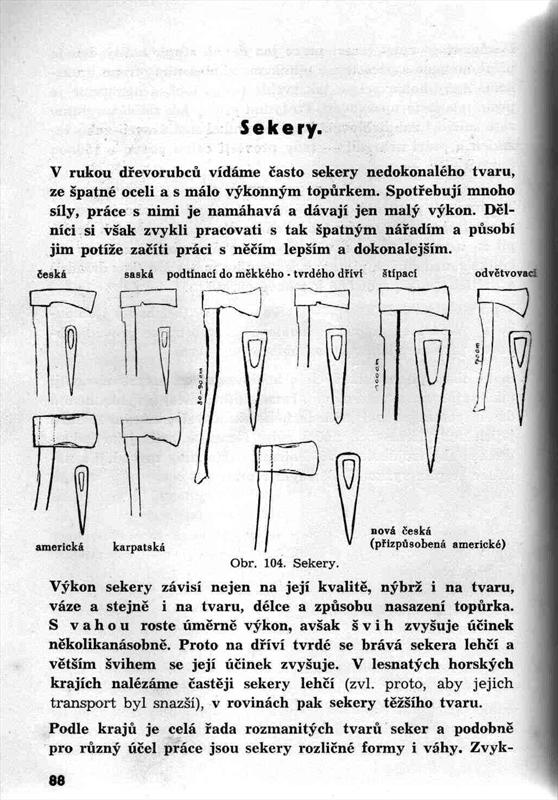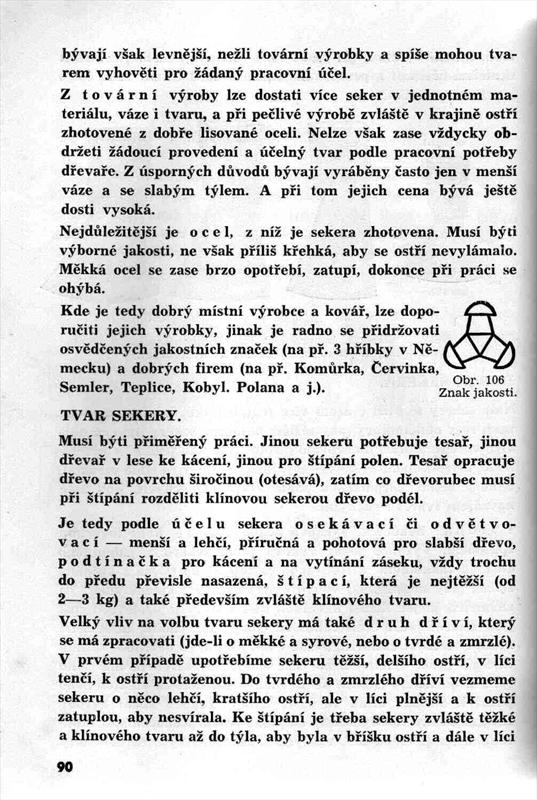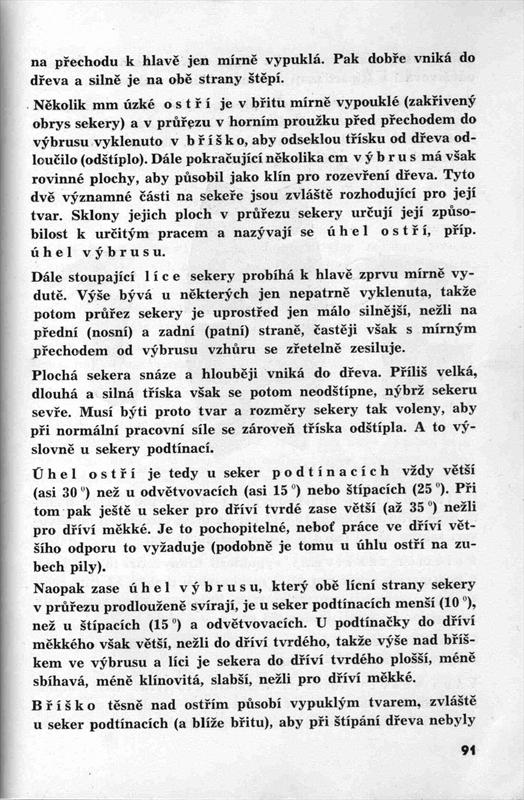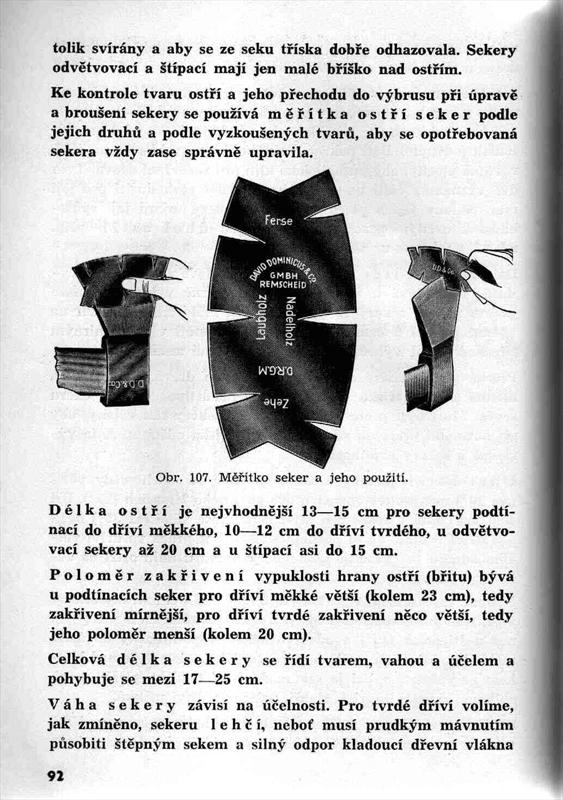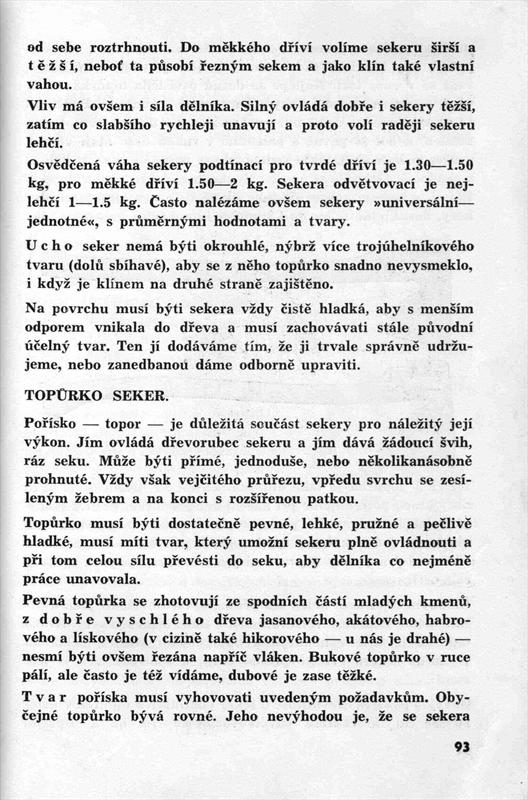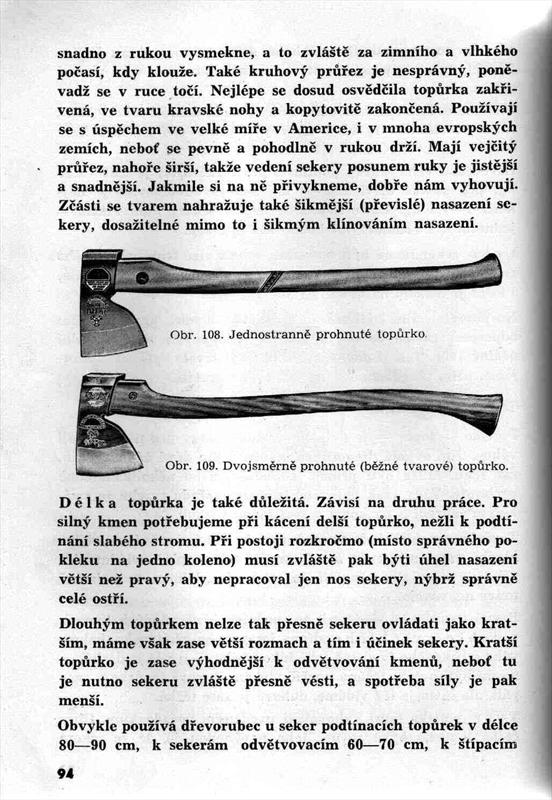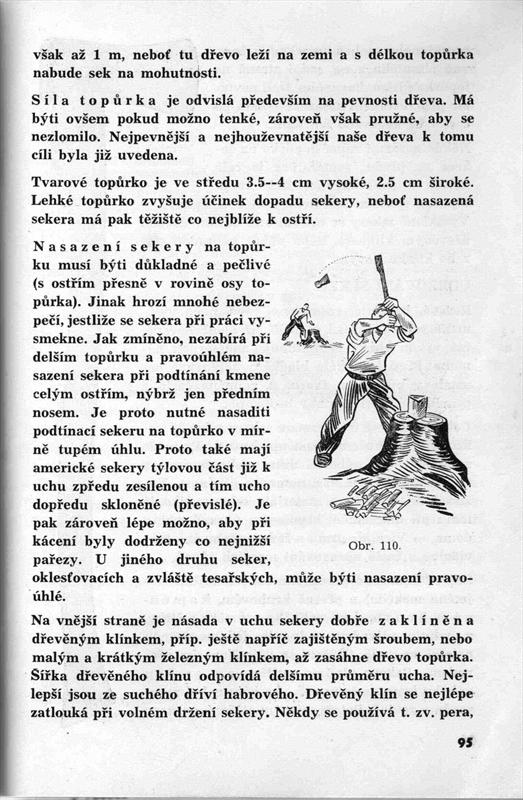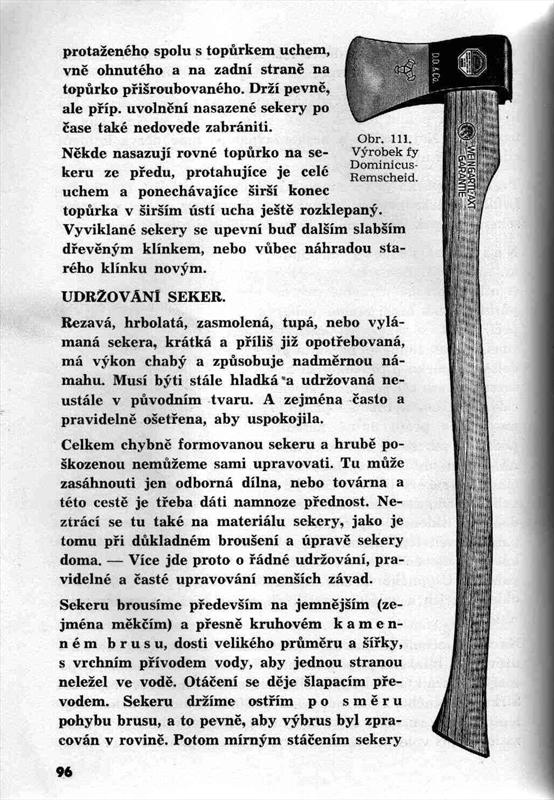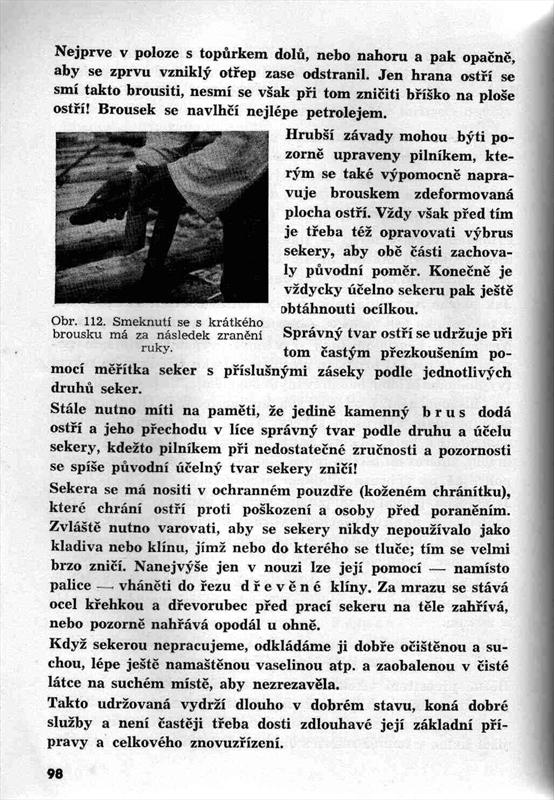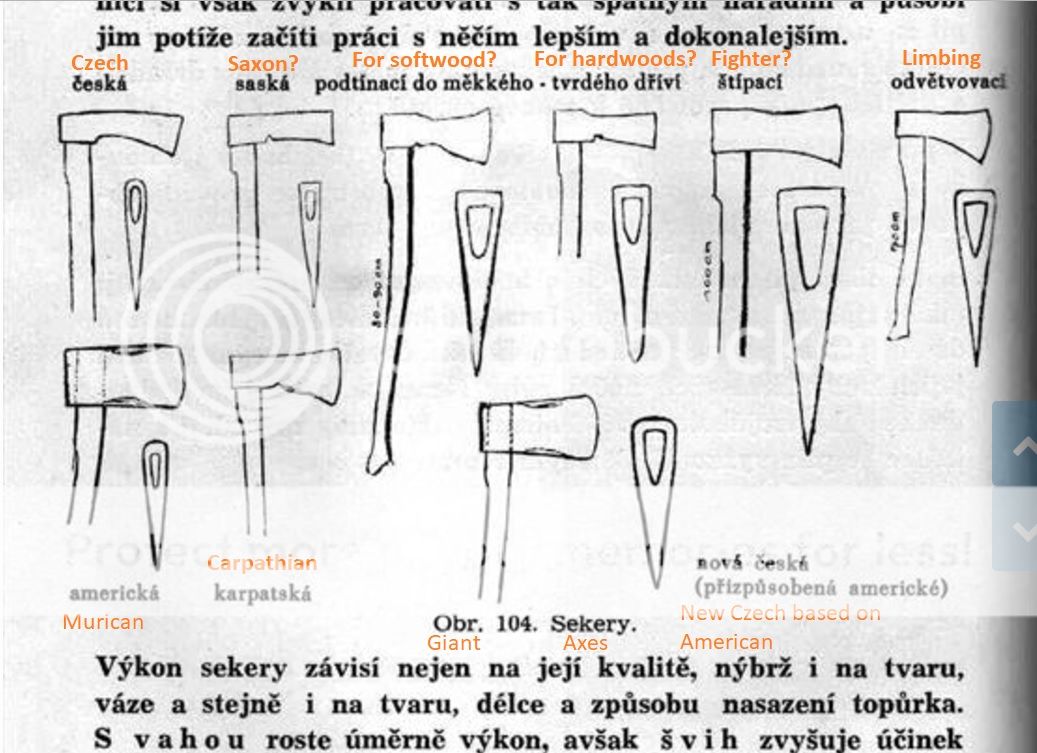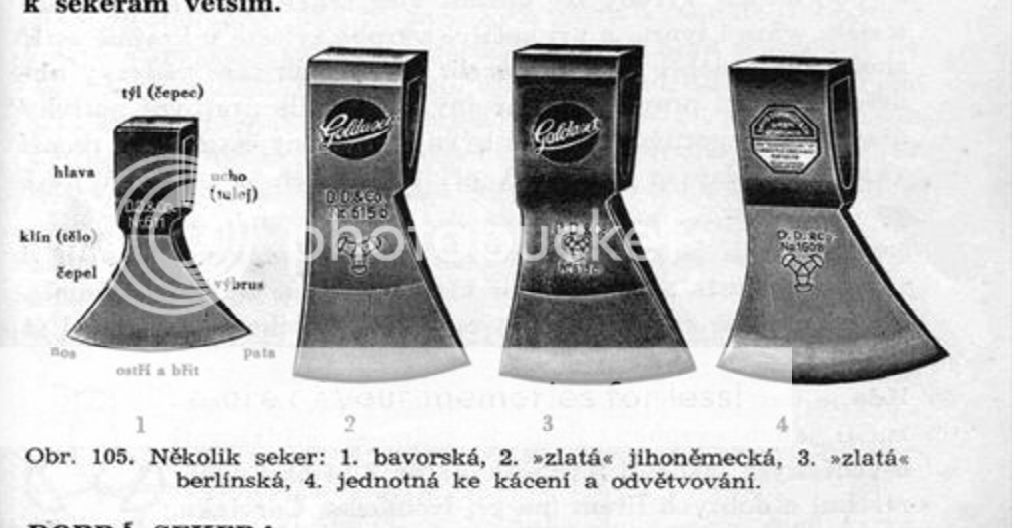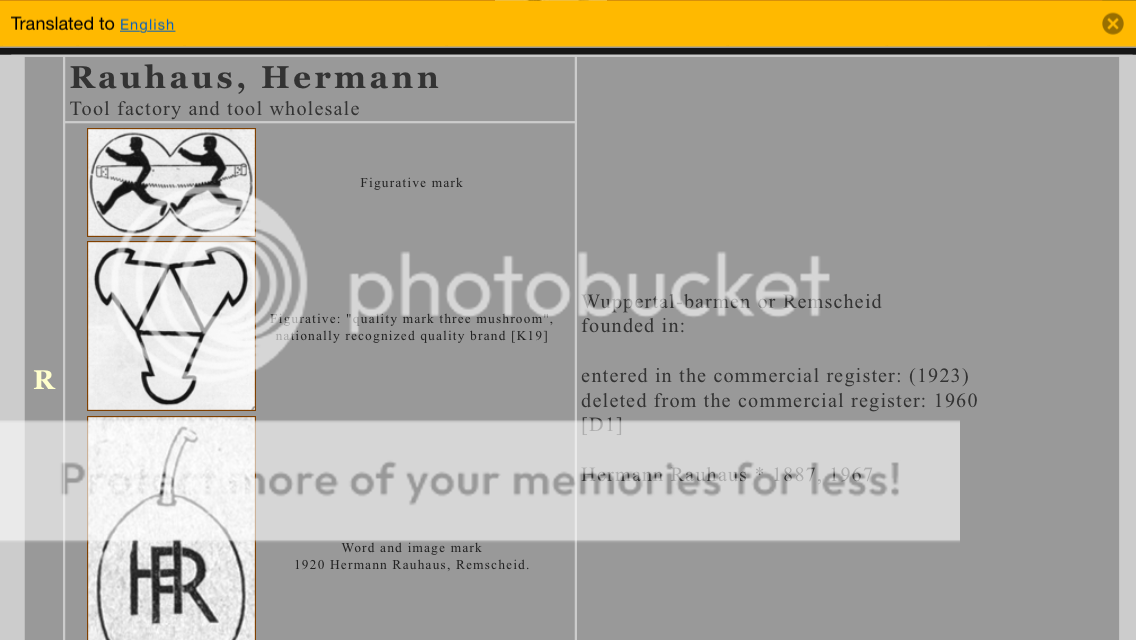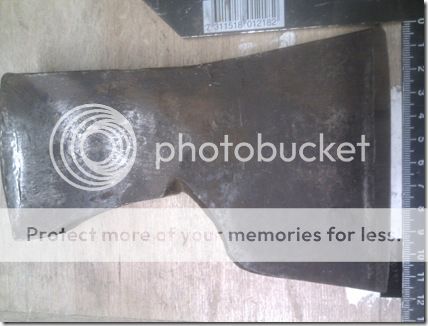Agent_H,thank you for all these interesting,and very valid,thoughts and observations.
An easy,(and possibly constructive for our purposes here) way to think of Karelia and it's environs as just a general Easterly direction from Scandinavia proper,along the coast of those cold northerly seas...It was settled long ago by a number of the predominantly Ugric people(who came there from across the Ural range(the dividing line between Europe and Asia),from Western Siberia...
It was always the land where there was MUCH Forests(for charcoal),and good,clean,plentiful Limonite et c. ores(so-called "bog-ores"),and precious little to eat! ...The weather is severe,the ground swampy and poor,not an Agrarian paradise....
...The weather is severe,the ground swampy and poor,not an Agrarian paradise....
So,people practiced Ironwork,all other crafts that stem from the ability to forge iron and steel tools,and got very skilled at Trade,as well.(Selling their iron wares far and wide,much of it pattern-welded,and all-made with incredible skill and finesse).
It was kinda/sorta known as the Novgorod Rus(as opposed to the Kievan Rus,what is now Ukraine,a lush,warm,agrarian country,based on agricultural commune in it's social structure).
All that ended in the 16th c.,when Ivan the Terrible,the first Putin in a long pestiferous plague of them,has simply annexed the entire joint to the other,already fairly dysfunctional parts,organising it all under the Moscow hegemony,so pretty much the modern RF.(Massacring most craftsmen,naturally,in the process ...
...
Whomsoever has actually survived there must've been tough indeed...So the monastery complex at Kizhi is really quite a testament to the human spirit....Thanks for posting that photo(i've a h... of a time with images,with my satellite connection).
Here's an interesting link:http://kizhi.karelia.ru/crafts/izgotovlenie-lemeha
It's the PR project that the Museum indulges in,re-enacting the traditional trades.(some demonstrations are higher quality than others.alas,the UNESCO funds are not a total cure for the local,cultural ills...all's not exactly well,at the museum...but it's neither here nor there...).
Earnest DuBois is a cool cat! Would be fun if he were to join us here,thanks for bringing That up as well...
Would be fun if he were to join us here,thanks for bringing That up as well...
I've got to run,but the very best of luck with your hafting endeavor,and a quick quote from the inimitable Oscar Wilde:"Work is the curse of the drinking class!"
An easy,(and possibly constructive for our purposes here) way to think of Karelia and it's environs as just a general Easterly direction from Scandinavia proper,along the coast of those cold northerly seas...It was settled long ago by a number of the predominantly Ugric people(who came there from across the Ural range(the dividing line between Europe and Asia),from Western Siberia...
It was always the land where there was MUCH Forests(for charcoal),and good,clean,plentiful Limonite et c. ores(so-called "bog-ores"),and precious little to eat!
So,people practiced Ironwork,all other crafts that stem from the ability to forge iron and steel tools,and got very skilled at Trade,as well.(Selling their iron wares far and wide,much of it pattern-welded,and all-made with incredible skill and finesse).
It was kinda/sorta known as the Novgorod Rus(as opposed to the Kievan Rus,what is now Ukraine,a lush,warm,agrarian country,based on agricultural commune in it's social structure).
All that ended in the 16th c.,when Ivan the Terrible,the first Putin in a long pestiferous plague of them,has simply annexed the entire joint to the other,already fairly dysfunctional parts,organising it all under the Moscow hegemony,so pretty much the modern RF.(Massacring most craftsmen,naturally,in the process
Whomsoever has actually survived there must've been tough indeed...So the monastery complex at Kizhi is really quite a testament to the human spirit....Thanks for posting that photo(i've a h... of a time with images,with my satellite connection).
Here's an interesting link:http://kizhi.karelia.ru/crafts/izgotovlenie-lemeha
It's the PR project that the Museum indulges in,re-enacting the traditional trades.(some demonstrations are higher quality than others.alas,the UNESCO funds are not a total cure for the local,cultural ills...all's not exactly well,at the museum...but it's neither here nor there...).
Earnest DuBois is a cool cat!
I've got to run,but the very best of luck with your hafting endeavor,and a quick quote from the inimitable Oscar Wilde:"Work is the curse of the drinking class!"
Last edited:


